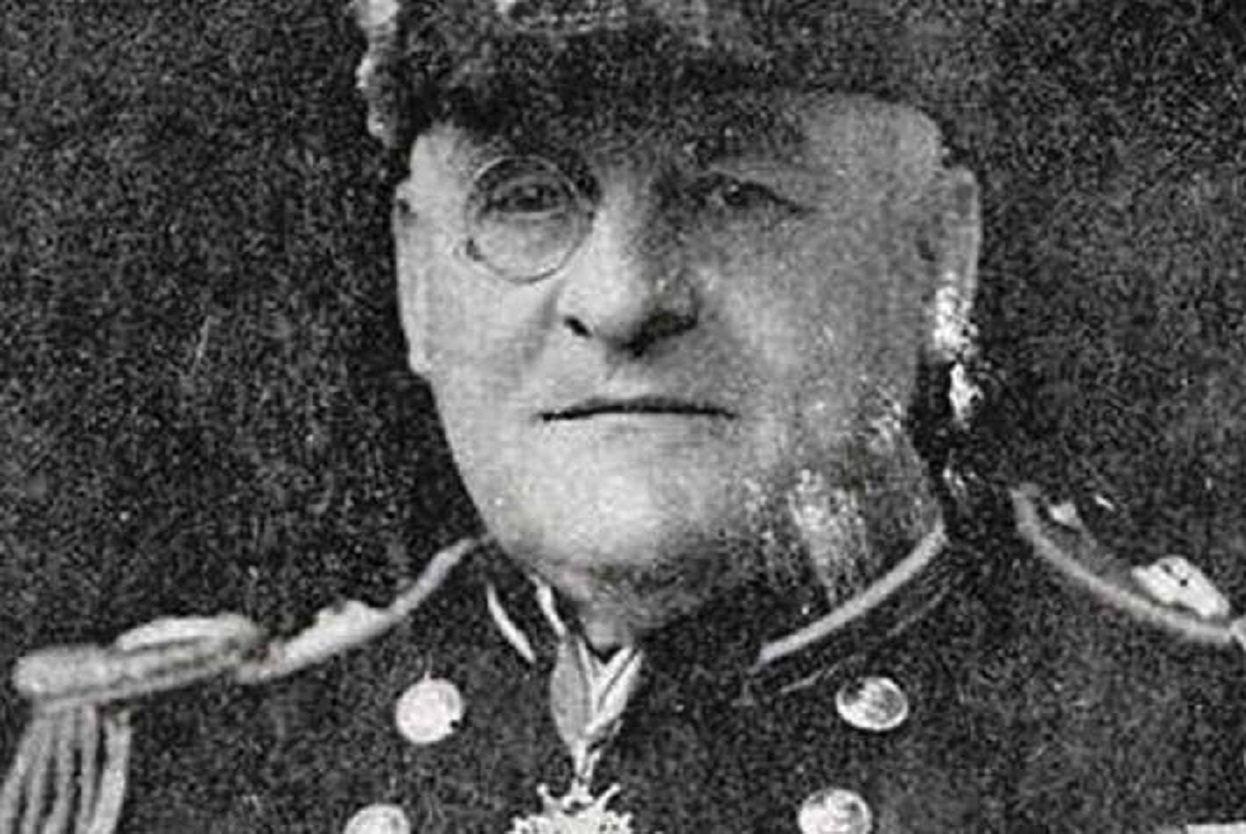Captain Sir Mansfield George Smith-Cumming KCMG CB, born on April 1, 1859, was a British naval officer who served as the first chief of the Secret Intelligence Service (SIS), also known as MI6. He was a great-great-grandson of the prominent merchant John Smith, a director of both the South Sea Company and the East India Company. His father was Colonel John Thomas Smith of the Madras Royal Engineers who became Master of the Madras and Calcutta Mints.
Smith joined the Royal Navy and underwent training at Dartmouth from the age of twelve and was appointed acting sub-lieutenant in 1878. He was posted to HMS Bellerophon in 1877, and for the next seven years served in operations against Malay pirates and in Egypt in 1883. However, he increasingly suffered from seasickness, and in 1885 was placed on the retired list as “unfit for service”.
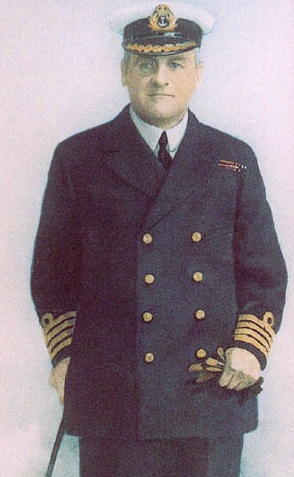
Entry into Espionage
Smith-Cumming added the surname Cumming after his marriage in 1889 to Leslie Marian Valiant-Cumming, heiress of Logie near Forres in the County of Moray. In 1909, Smith-Cumming received a mysterious letter inviting him to come to London. The letter promised him “something good.” That “something good” was the Secret Service Bureau, which had been established in 1909.
The Secret Service Bureau was established in 1909 as a joint initiative of the Admiralty and the War Office to control secret intelligence operations in the UK and overseas. The main focus was on the activities of the Imperial German government.
The Secret Service Bureau began operations in October 1909 as a single organization, initially staffed by only two officers: the fifty-year-old Royal Navy Commander Mansfield Cumming and an Army captain fourteen years his junior, Vernon Kell. Cumming and Kell later parted company to become the first heads of, respectively, the future Secret Intelligence Service (SIS or MI6) and the Security Service (MI5).
Vernon Kell’s original remit was to deal with what an official committee reported in 1909 was ‘an extensive system of German espionage’, based largely on German nationals in Britain. After initially pursuing some false leads, Kell discovered a real network of spies working for German Naval Intelligence who, because of the naval arms race, presented a significant threat to British security.
The Secret Service Bureau was the precursor to the modern British intelligence agencies, the MI5 and SIS. It played a crucial role in the early development of intelligence services in the UK, setting the stage for their future operations and methodologies.
Smith-Cumming was tasked with expanding the foreign aspect of the SSB, called, among other things, the Foreign Intelligence Service. Over the next few years, he became known as ‘C’, after his habit of sometimes signing himself with a C eventually written in green ink. That habit became a custom for later directors, although the C now stands for “Chief”. Ian Fleming took these aspects for his “M” from the James Bond novels, with M derived from Mansfield, given name of. Smith-Cumming.
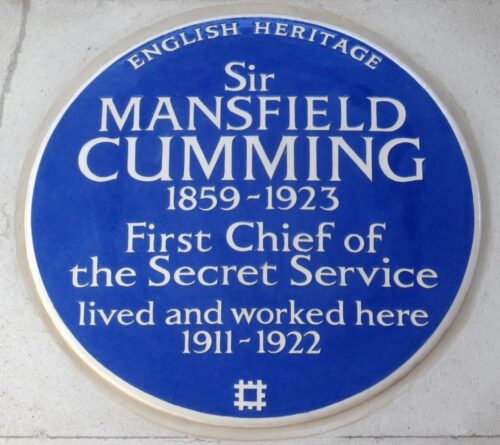
World War I
During World War I, the service’s effectiveness was varied, largely due to its inability to establish a network within Germany. The majority of its intelligence came from military and commercial sources through networks in neutral countries, occupied territories, and Russia. SIS, during the war, had its primary European office in Rotterdam, which served as the hub for espionage activities in Germany and occupied Belgium.
A key aspect of the British war effort was Russia’s involvement, which kept millions of German soldiers engaged on the Eastern Front, who would have otherwise been deployed on the Western Front. On November 7, 1917, the Bolsheviks, led by Vladimir Lenin, overthrew the Provisional government in Petrograd and signed a ceasefire with Germany. From the British perspective, it was crucial that Russia remained in the war, and SIS’ primary instruments for ensuring this were Sidney Reilly, a Russian-Jewish adventurer, despite his Irish name, and George Alexander Hill, a British pilot and businessman. Reilly’s official mandate was to gather intelligence about the new regime in Russia and find a way to keep Russia in the war, but he soon became involved in a plot to overthrow the Bolsheviks.
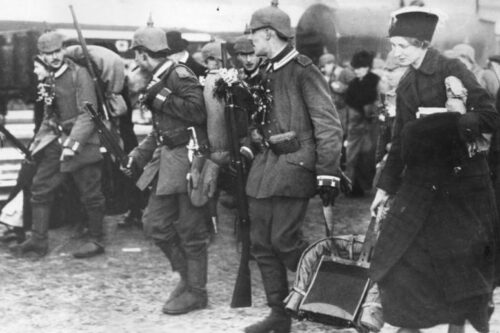
After the War
After the war, resources were significantly scaled back, but during the 1920s, SIS developed a close operational relationship with the diplomatic service. In August 1919, Smith-Cumming established a new passport control department, which provided diplomatic cover for agents abroad. The position of Passport Control Officer granted operatives diplomatic immunity. Circulating Sections were established to determine intelligence requirements and relay the intelligence back to its consumer departments, primarily the War Office and Admiralty.
The recruitment and training of spies during the interwar period were relatively informal. Smith-Cumming viewed espionage as a “capital sport” and expected his agents to learn the “tradecraft” of espionage while on their missions rather than before being dispatched. One SIS agent, Leslie Nicholson, recalled about his first assignment in Prague: “nobody gave me any tips on how to be a spy, how to make contact with, and extract vital information out of unsuspecting experts”. It wasn’t until the Second World War that the “methodical training” of agents, which has become a hallmark of British intelligence, began. A number of SIS agents, like MI5 agents, were former colonial police officers, while SIS displayed a strong bias against recruiting men with university degrees, viewing universities as bastions of “effete intellectualism”.
Post-war discussions about the future of British Intelligence were extensive, but it was Smith-Cumming who successfully orchestrated the Service’s return to the control of the Foreign Office. During this period, the organization was known by various names in Whitehall, including the Foreign Intelligence Service, the Secret Service, MI1(c), the Special Intelligence Service, and even C’s organization. Around 1920, it started being commonly referred to as the Secret Intelligence Service (SIS), a name that has been used ever since and was officially recognized in the Intelligence Services Act (ISA) of 1994. During World War II, the organization was often referred to as MI6 as a flag of convenience, a name that has since become popular in the media.
In the years immediately following World War I, under the leadership of Sir Mansfield George Smith-Cumming, and for most of the 1920s, the SIS was primarily focused on Communism, specifically Russian Bolshevism. This included a failed attempt in 1918 to overthrow the Bolshevik government by SIS agents Sidney George Reilly and Sir Robert Bruce Lockhart, as well as more traditional espionage activities within early Soviet Russia, led by Captain George Hill.
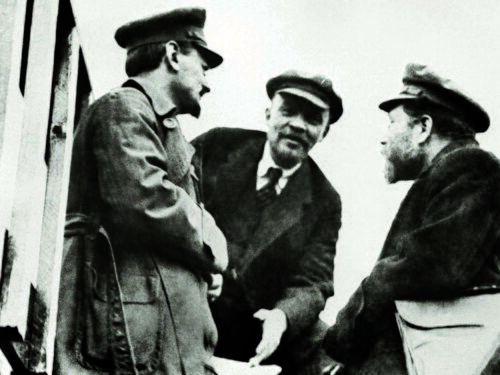
Roles of MI5 and SIS
The Security Service (MI5) and the Secret Intelligence Service (SIS or MI6) are two distinct entities within the United Kingdom’s intelligence machinery, each with its own specific mandate and operational focus.
MI5 is primarily responsible for internal security within the UK. Its main role is to protect British parliamentary democracy and economic interests, and to counter terrorism and espionage within the UK. It operates under the authority of the Home Secretary within the Cabinet.
On the other hand, SIS operates mainly outside the UK, focusing on foreign intelligence gathering. Unlike MI5, SIS works exclusively in foreign intelligence gathering; the ISA allows it to carry out operations only against persons outside the British Islands. It is responsible to the Foreign Office.
Legacy
Captain Sir Mansfield George Smith-Cumming passed away on June 14, 1923. His legacy as the first director of the Secret Intelligence Service (SIS) lives on, and his influence can be seen today in the world of fiction, most notably in the James Bond series.
*The views and opinions expressed on this website are solely those of the original authors and contributors. These views and opinions do not necessarily represent those of Spotter Up Magazine, the administrative staff, and/or any/all contributors to this site.

